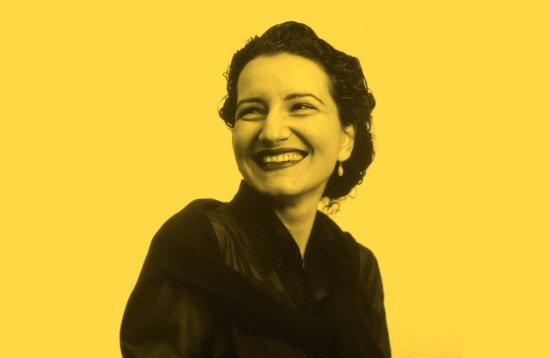
Ask 'what if' questions
Life, just like a design problem, is full of constraints: time, money, age, location, circumstances, etc. You cannot have everything. If you want more, you have to be creative about how to make what you need and what you want coexist—like making money on vacation. This requires thinking like a designer.
No prior creative experience is necessary—just the courage to think about your life with imagination, using a bona fide design process and tools. If you’re like me and believe your life is your most important project, this is for you.
We designers are an optimistic bunch; we think we can solve any problem, and this optimism fuels our passion. We love to put ourselves in other people’s shoes, see the big picture, collaborate with others and ask “what if” questions. This all comes handy when thinking about our lives.
[time-brightcove not-tgx=”true”]
Starting Point:
Most people who want to design their life are at a turning point—they’re empty nesters who want to think about life after their kids leave for college; they’re accomplished people who are in their forties and fifties who wonder how they want to spend the next decade or two; they’re young college graduates who have their whole life in front of them and wonder what their road map will look like. This need to resolve something in your life and to come up with a better solution is our starting point.
Process:

The design process that we will use here is my design process, called Deconstruction:Reconstruction, the same that I use when designing office systems for Herman Miller, or Giada Collection of kitchen tools and gadgets for Target. I am going to show you how you can also apply it to your life.
STEP 0. Warm up.
I start every project by drawing. This is my creative habit. It helps warm up my right brain. Start your design by drawing something—a flower, your cat, your coffee mug. Don’t worry if you haven’t drawn something in a long while. Nobody is grading you. Just draw!

STEP 1: Deconstruct your life.
What is your life made up of? Deconstructing our life helps us see the parts and pieces that make up our life. And you want to know something interesting, something I’ve learned since I started to teach people how to design their life? Our life fits on two pages of a notebook! There is a great sense of control to see something as complex as our life contained on two pages. Deconstruction is a visual inventory of the ingredients that make up our life. Remember that we’re free to think about what we want to keep, change, modify or take out.
If you want to understand what your life is made up of, break it into its basic building blocks — people, places, projects, time. Continue to break the building blocks into smaller pieces. Include things you love and things you want to avoid. You will see your life emerge in front of your eyes, deconstructed.

STEP 2: Form a POV of your life.
Our point of view informs how we think about something. How can we look at the same things in our life and see them differently? This ability to shift our POV intentionally is the heart of our creativity.
Here inspiration is a key tool. When designing your life inspiration takes the form of other people. I call them heroes—real or fictional—people we know personally or know of.
You can try this at home. Just write your hero’s name, draw an icon for them, and list their qualities. You can have one or many heroes—list as many as you’d like and continue to add as new heroes come to mind. These heroes tell us something about our values, beliefs, and the kind of life we aspire to live. Many things can change in life but our values are a constant. They are the foundation of our life design.

STEP 3: Reconstruct your life.
Reconstruction is about putting it back together, the other side of Deconstruction. Design is about making choices, and recognizing you cannot have everything. Now you get to choose what you want in your life—what to keep, what to leave out, and what to change. Your choices will determine the kind of life you are designing.
What if you were to pick only three thing to focus on, the things that matter most to you in life. Converging on choices you want to invest most of your time in brings an incredible clarity and constitutes the backbone of the life we want to live. To see what truly matters to you, pick only three things. Remember you can always change and play with your choices.

STEP 4: Express your life.
Expression is about giving form. How do you want to express the roadmap you created in Reconstruction? There are many ways to express your life—write a letter, draw a vision map, compose a poem, make a to do list.
You want to give it a try? To express the best for your best life, write yourself a letter about the life you love. You can use everything you’ve done so far—what you’ve learned from your deconstruction, your heroes, and your three choices—to express your idea.
Once you have your design, share it with people who are part of your life and enlist them as your collaborators. Prototype and try it out. Revisit your Reconstruction Map and Expression in a year to see where you are with your design. Remember to modify and adjust as you go along. Now go ahead and live the life you love, an original life that most resembles you!
Ayse Birsel is the co-founder of Birsel + Seck design studio. Adapted from Design the Life You Love: A Step-by-Step Guide to Building a Meaningful Future, by Ayse Birsel, published by Ten Speed Press, an imprint of Penguin Random House.